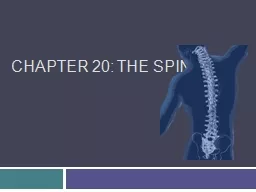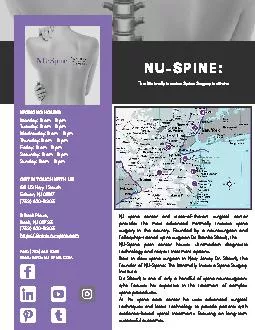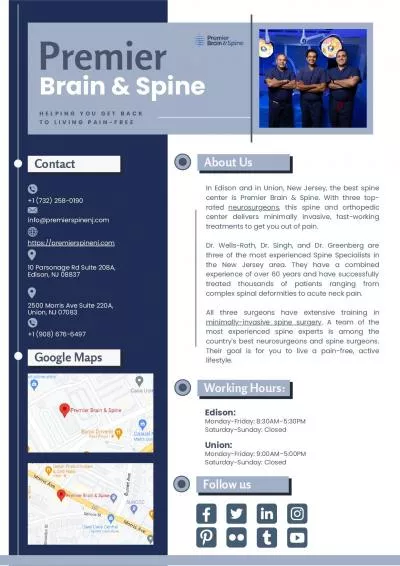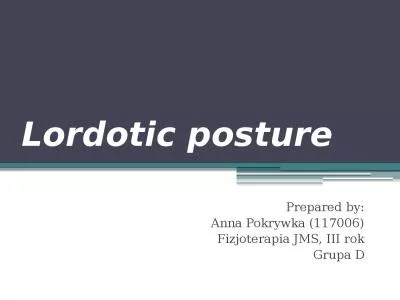PDF-artist more than a crook or curve in the spine
Author : edolie | Published Date : 2022-10-27
Let us start with a familiar icon Manthara Figure1 called kooni because her spine was bent Valmiki introduces us to Manthara in sarga 7 of the Ayodhya Kanda 1 He
Presentation Embed Code
Download Presentation
Download Presentation The PPT/PDF document "artist more than a crook or curve in the..." is the property of its rightful owner. Permission is granted to download and print the materials on this website for personal, non-commercial use only, and to display it on your personal computer provided you do not modify the materials and that you retain all copyright notices contained in the materials. By downloading content from our website, you accept the terms of this agreement.
artist more than a crook or curve in the spine: Transcript
Download Rules Of Document
"artist more than a crook or curve in the spine"The content belongs to its owner. You may download and print it for personal use, without modification, and keep all copyright notices. By downloading, you agree to these terms.
Related Documents














